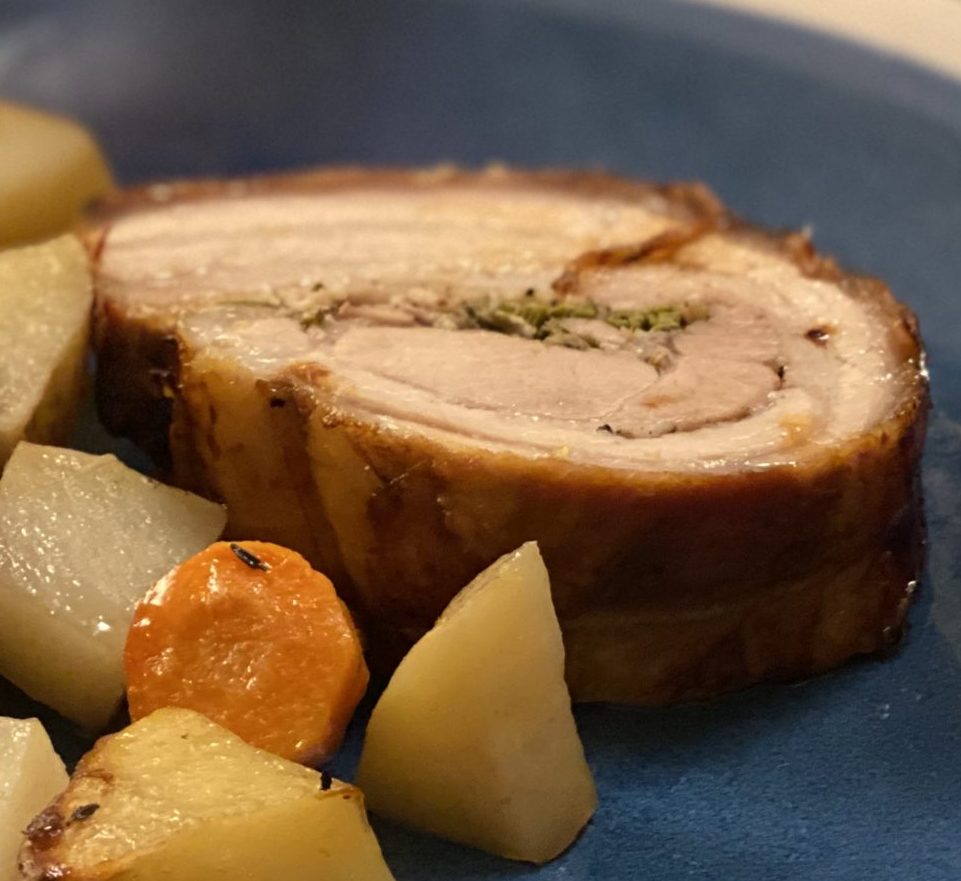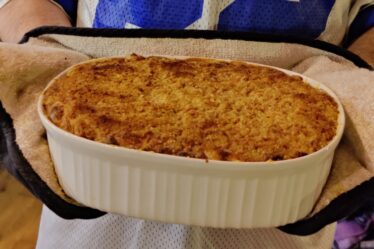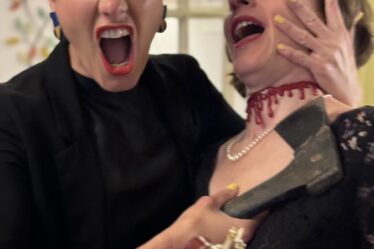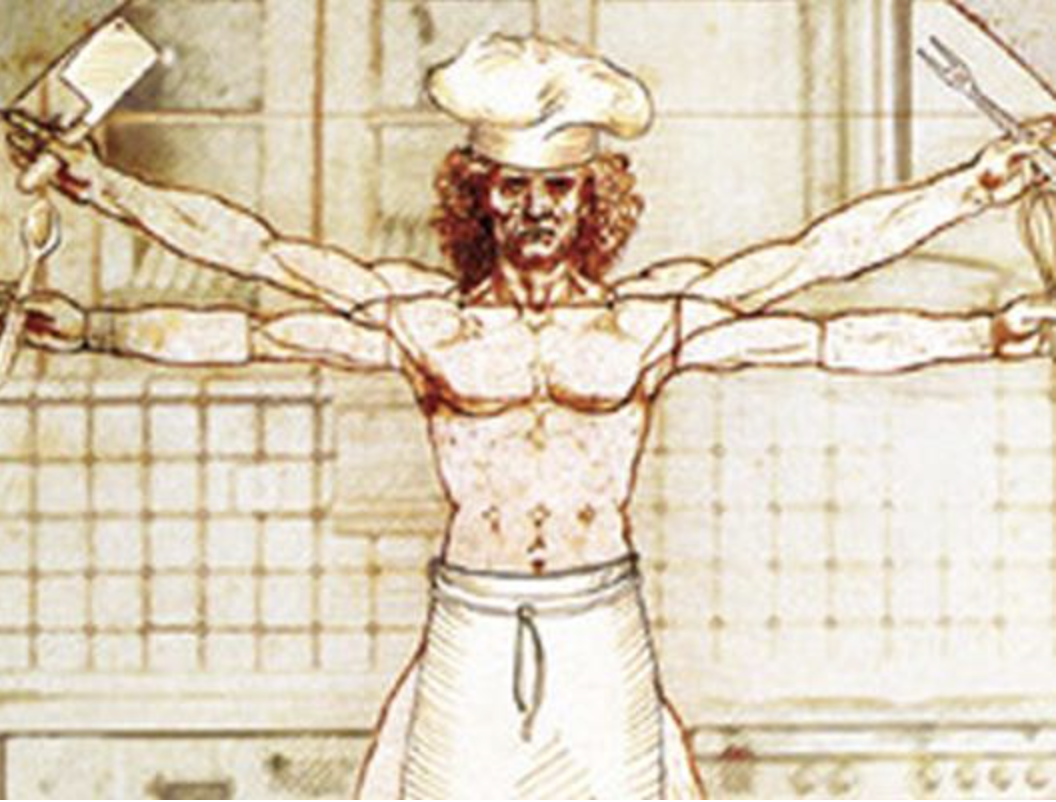
Did you know da Vinci was an accomplished Chef??
I certainly did not.
But Leonardo was an avid cook, who made lavish meals for his apprentices and himself, and for 30 years was the Master of Banquets & Festivities at the court of the all-powerful Sforza family in Milano.
There he also invented several labour-saving tools for the kitchen – which worked better than his flying machine, apparently.
Happily for us, he wrote down EVERYTHING – recipes, shopping lists, meal plans… right alongside his gizmo designs and art sketches.
He also had some very specific thoughts about how people should behave at the dinner table – which he put down during his stint at the Sforza Court:
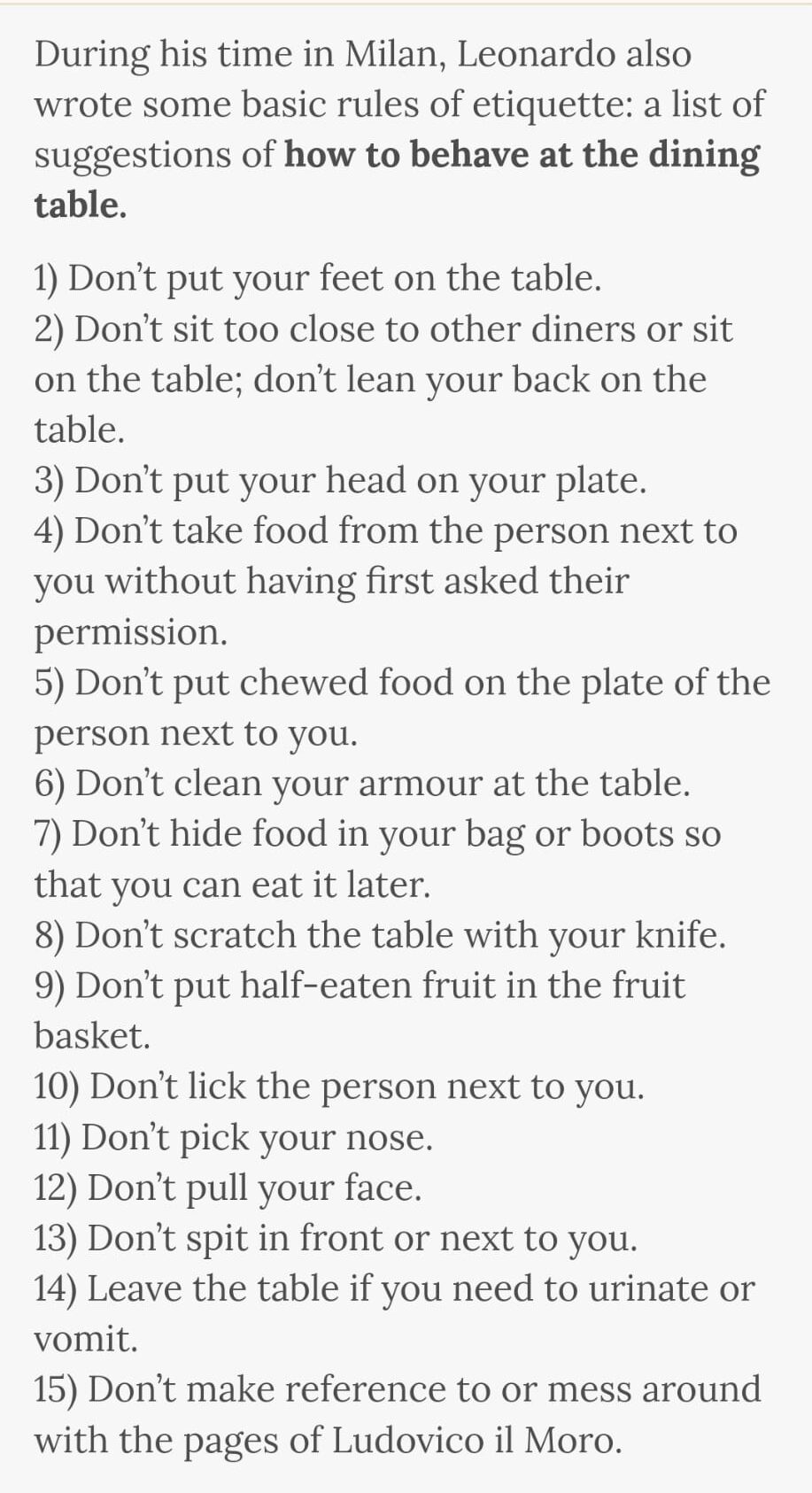

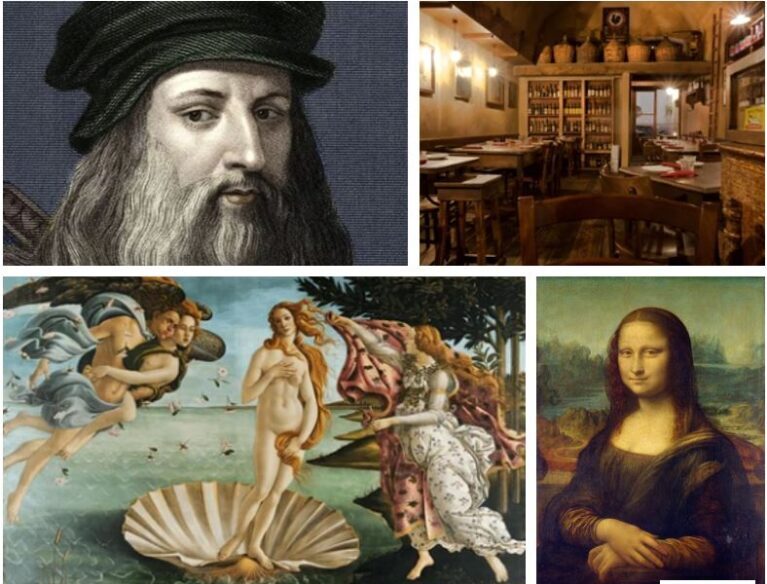
Earlier in life, Leonardo tried his hand at restaurateuring, with his pal Sandro Botticelli:
From CurioCity Travel and Gemels:
Leonardo and Botticelli met around 1470, when they were apprentices of Master Verrocchio, a sculptor, painter, goldsmith, mathematician and engineer in Florence.
Leonardo and Sandro wanted to supplement the scarce salary Verrocchio gave them, and worked as waiters in an inn close to Ponte Vecchio.
In 1478, the inn mysteriously burnt down (Leonardo was Chef at this point) so they decided they can do this shit, and opened their own inn, called “Le Tre Rane” (The Three Frogs).
There customers could choose from a menu painted by Botticelli and a menu written from right to left by Leonardo.
Despite their imagination and passion, the inn closed after a few months.
Turns out clients didn’t appreciate the experimental, tiny, beautiful dishes (Looks like that was a problem even before Instagram). They also bulked at a novelty Sandro and Leonardo insisted on – eating with cutlery and using napkins…
*This last rule on the list refers to Leonardo’s boss, Ludovico Duke of Milan – basically saying – No shop-talk at the dinner table!
Now, after this short history lesson – The Food!
The menu I chose for this dinner comes mostly from notes of dishes the master prepared for his apprentices at his studio, curated in this excellent blog – La Cucina Italiana:
To drink: Acqua Rosa, probably my favourite item from this dinner: an alcoholic pink lemonade, made with vodka, rosewater & rose buds, lemon juice, and sugar. It resulted in a beautifully pink, almost luminous, cocktail:
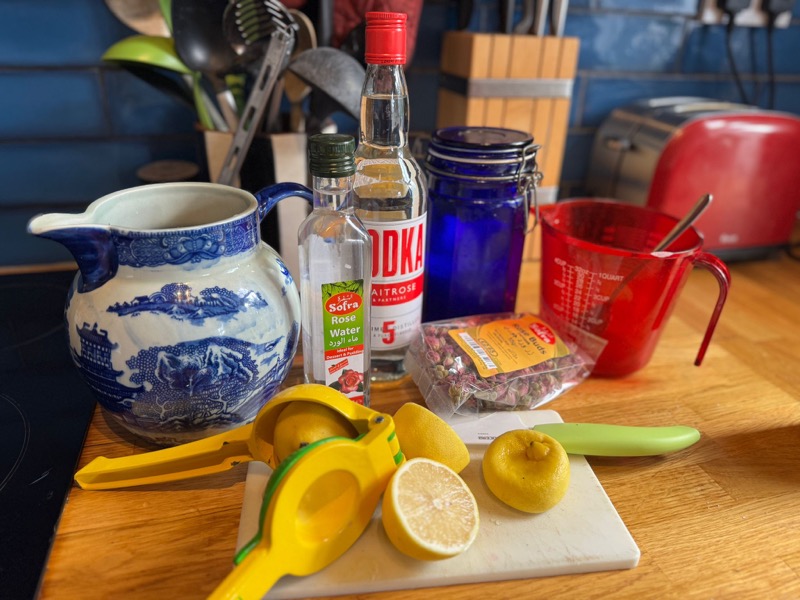
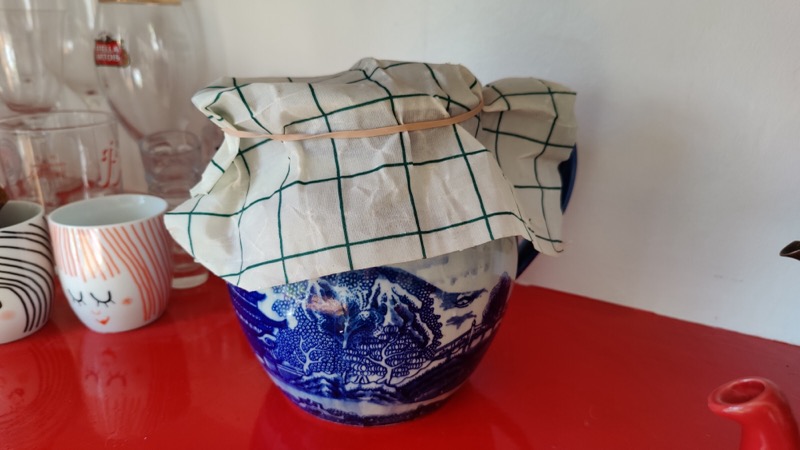
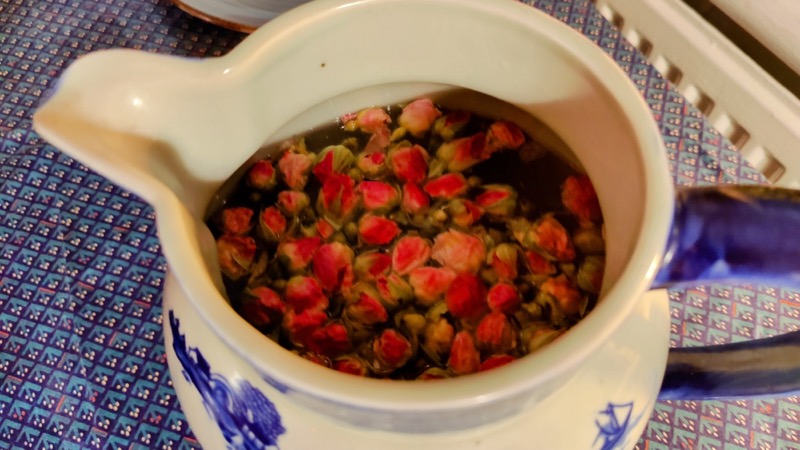
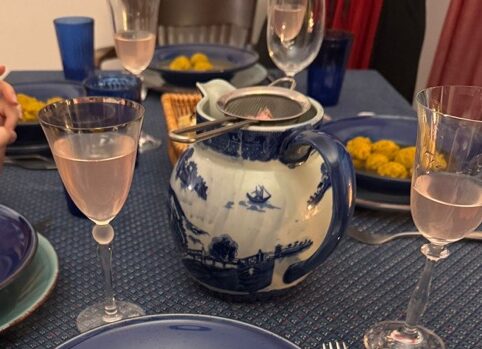
We opened with a soup: Zanzarelli in Beef Broth.
The Zanzarelli are dumplings made of Grana Padano cheese, breadcrumbs and egg, seasoned with nutmeg and served in a saffron-infused beef broth (saffron comes up a lot in this dinner – I reckon Leonardo liked the golden colour it gives everything).
I, personally, found the beef broth too heavy for the dumplings, and I’m not a fan of nutmeg – so wasn’t too keen on the dish. But I think it can be tweaked into a very satisfying winter soup:
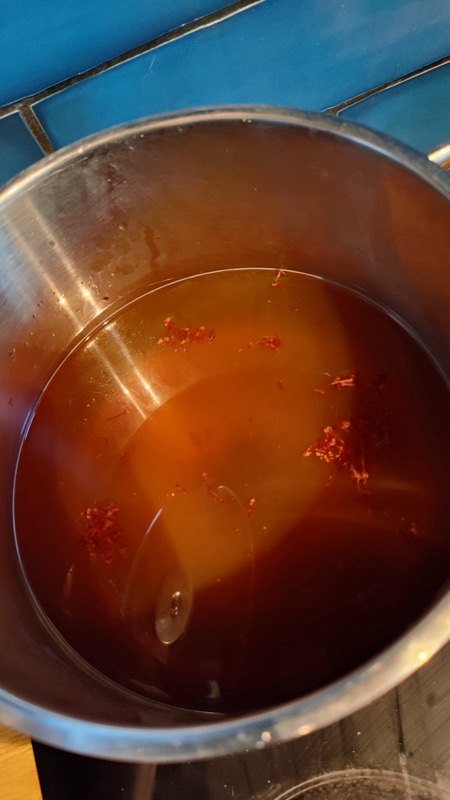
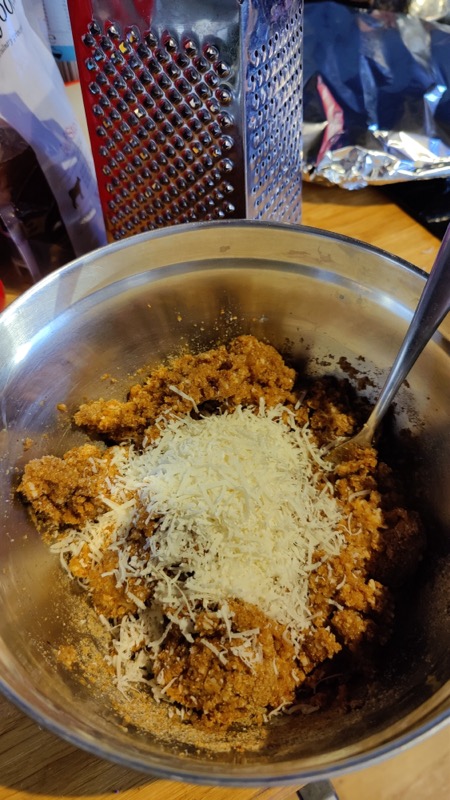
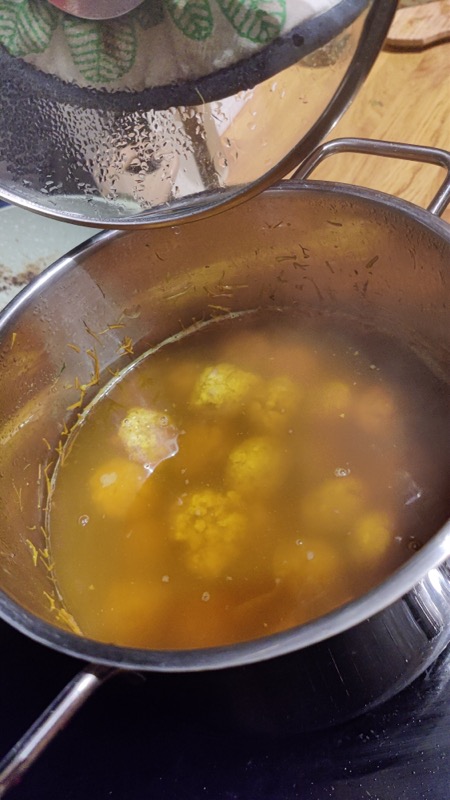
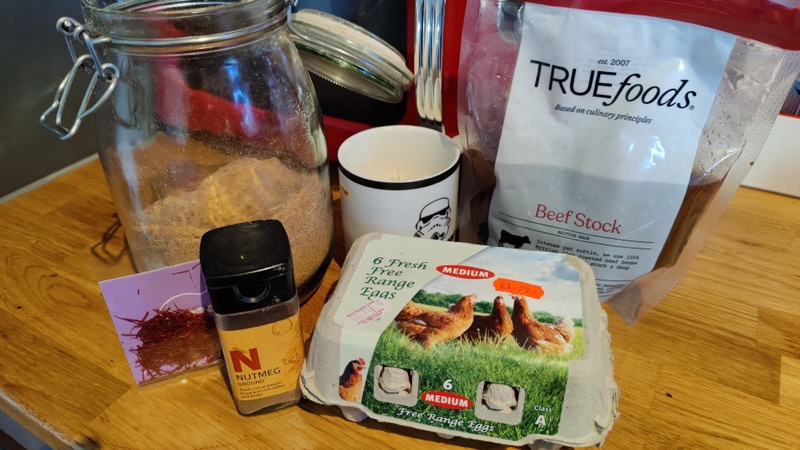

Leonardo’s diet was very veg-heavy, as I reckon most people’s was back then; My fridge was never so stuffed with greens as it was in the leadup to this dinner!
Leonardo’s Salad was lush, refreshing, and, with a load of pomegranate seeds and 4 kinds of leaves, hit just the right balance of sweet, bitter, and zingy.
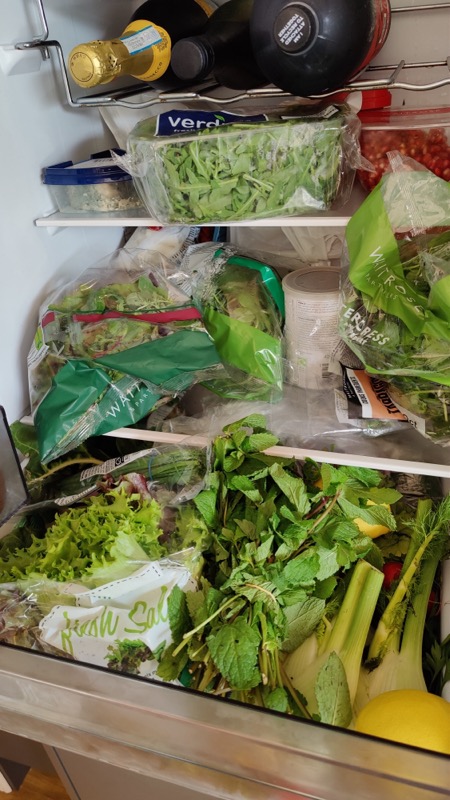
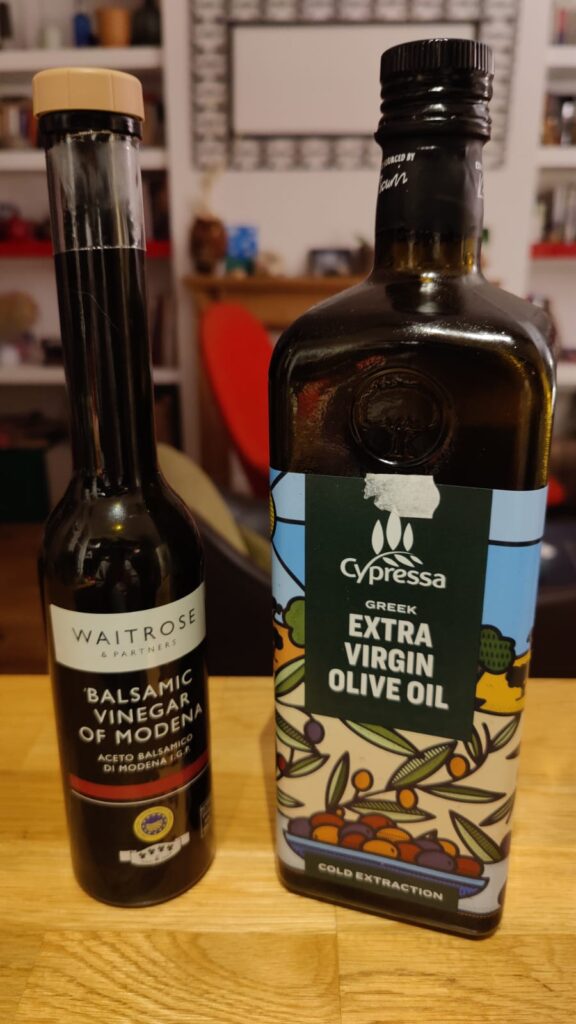
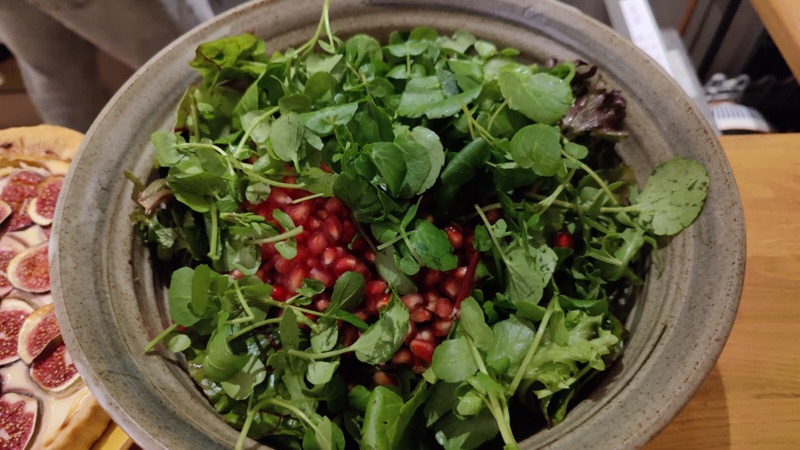
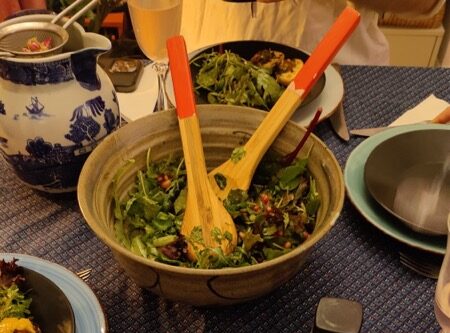
I’m not sure whether this next dish was meant to be a starter or an amuse-bouche, but I loved it.
A pre-cursor to Devilled Eggs, these are Leonardo’s Stuffed Eggs:
Hard-boiled eggs, stuffed with a mix of yolk, mint, parsley, Grana Padano and Rabiola cheeses, and soaked raisins – then coated in flour and shortly deep-fried.
These are served with a thick sauce made of cooked egg yolk, water, balsamic vinegar and mustard, seasoned with cloves, cinnamon, and saffron.
To be honest, I’m not sure what the frying adds to this, but it’s what the recipe says…
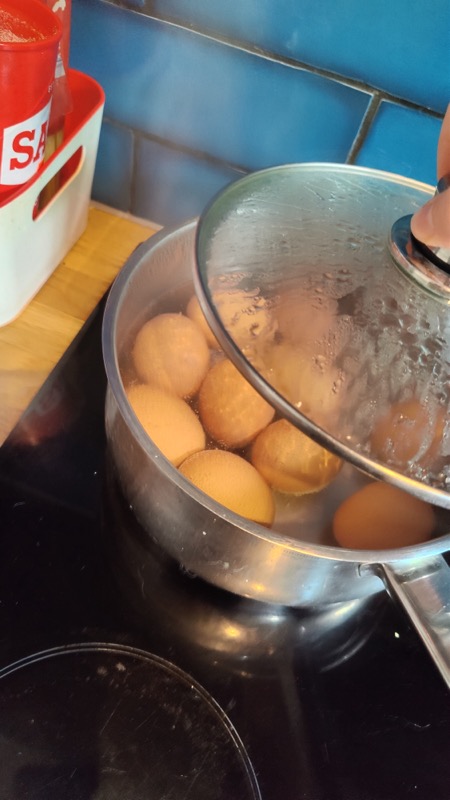

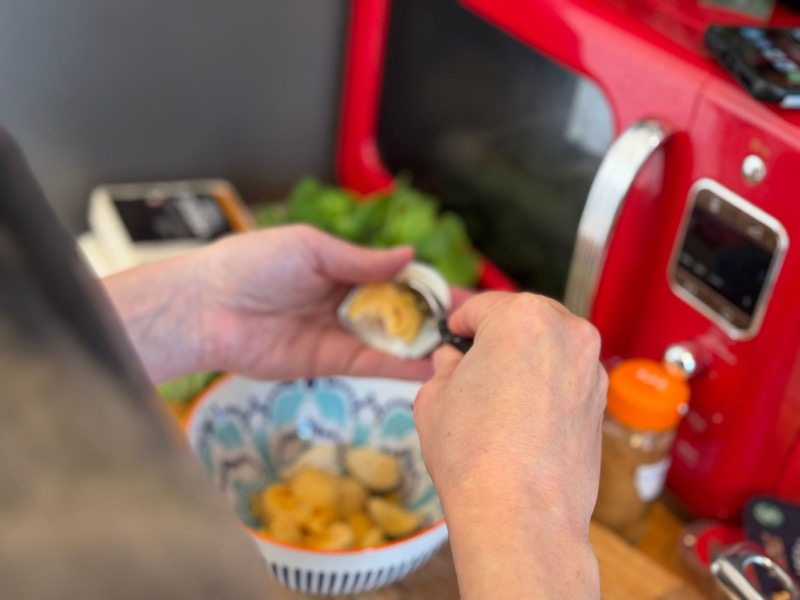
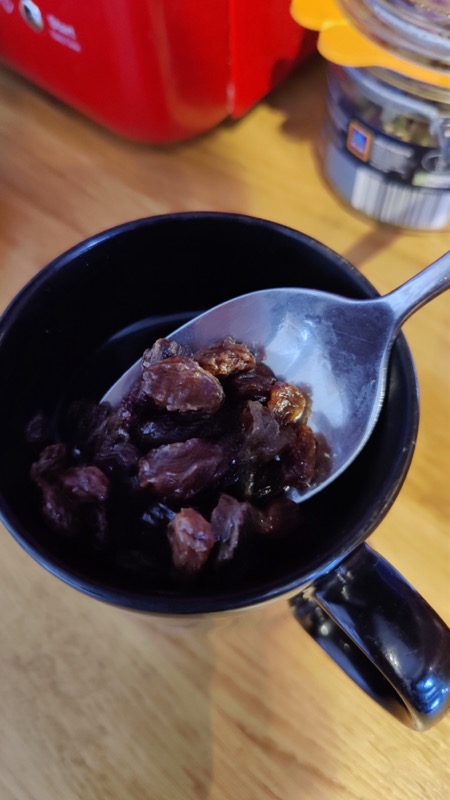
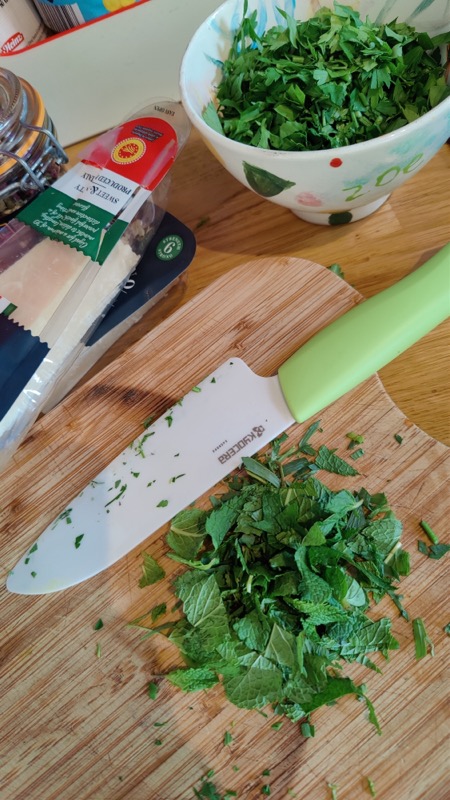
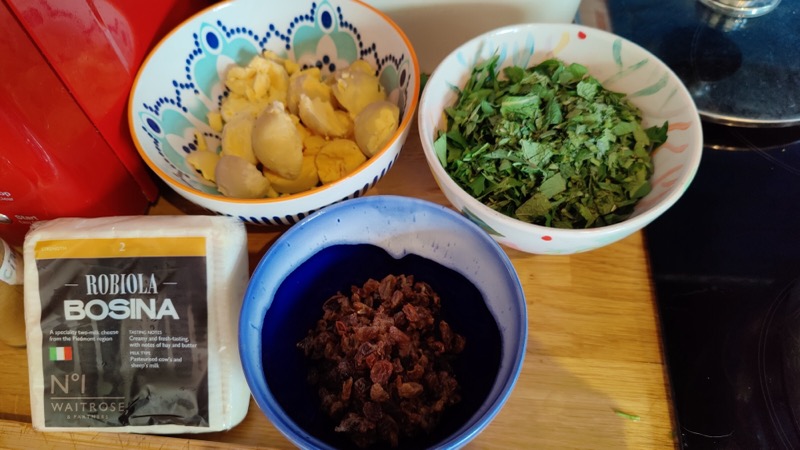
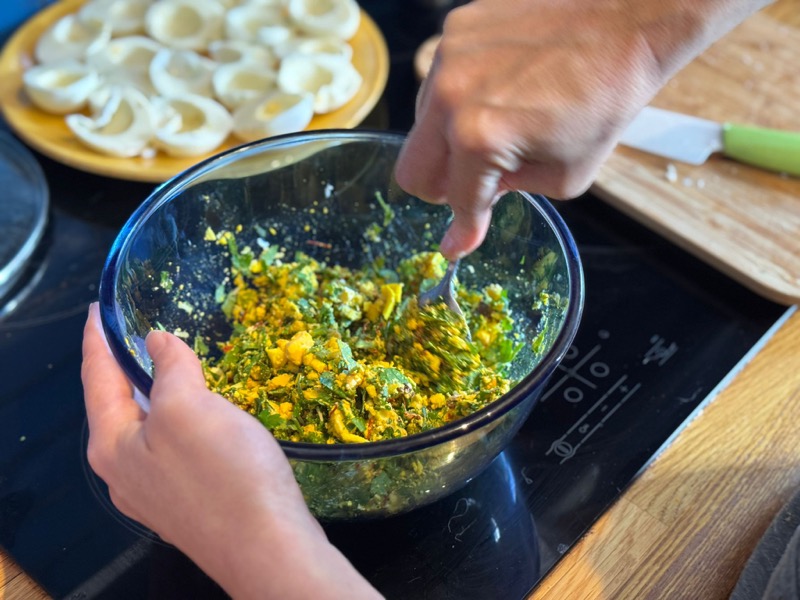
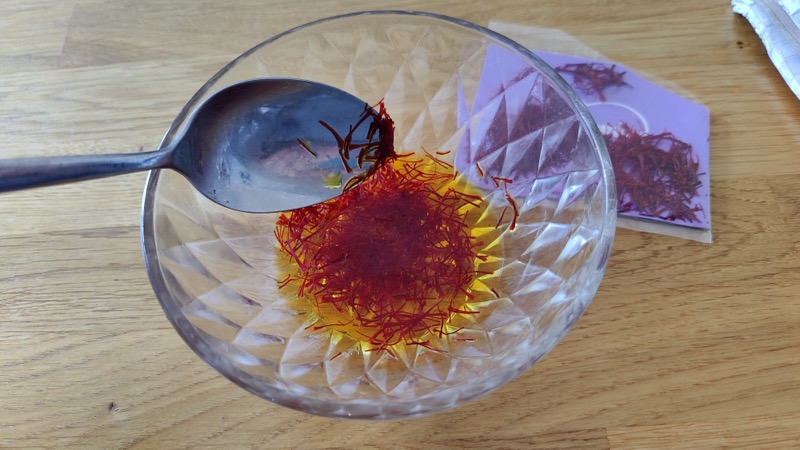
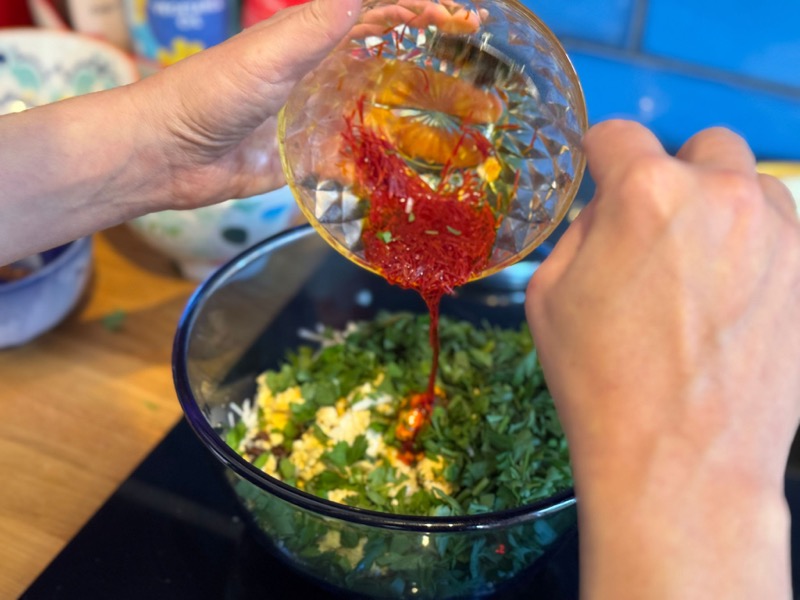
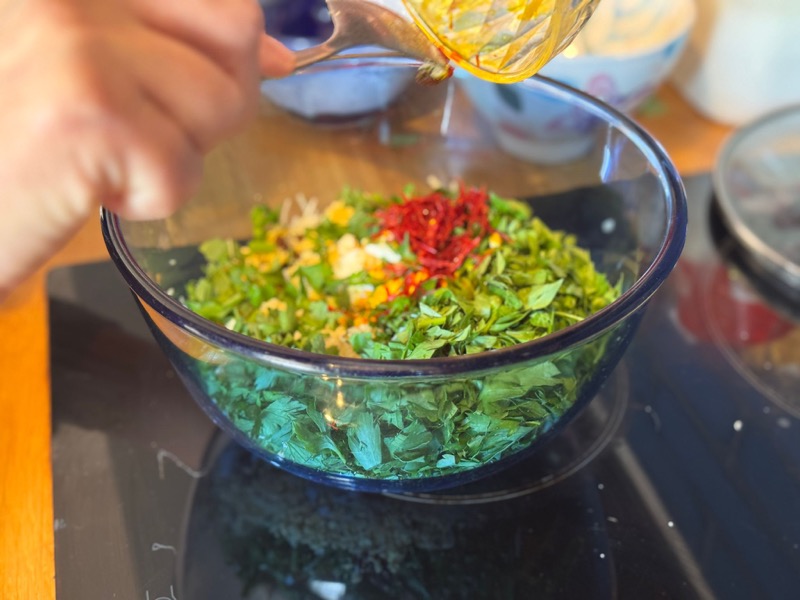
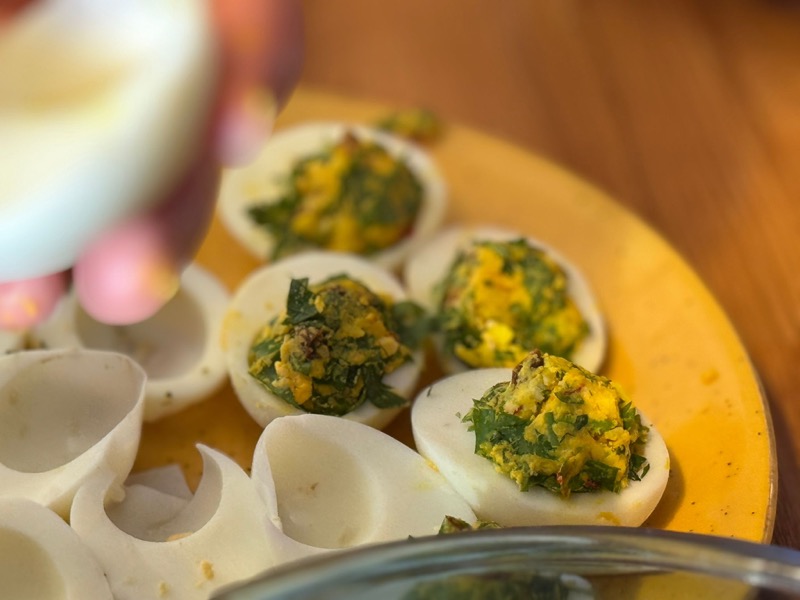
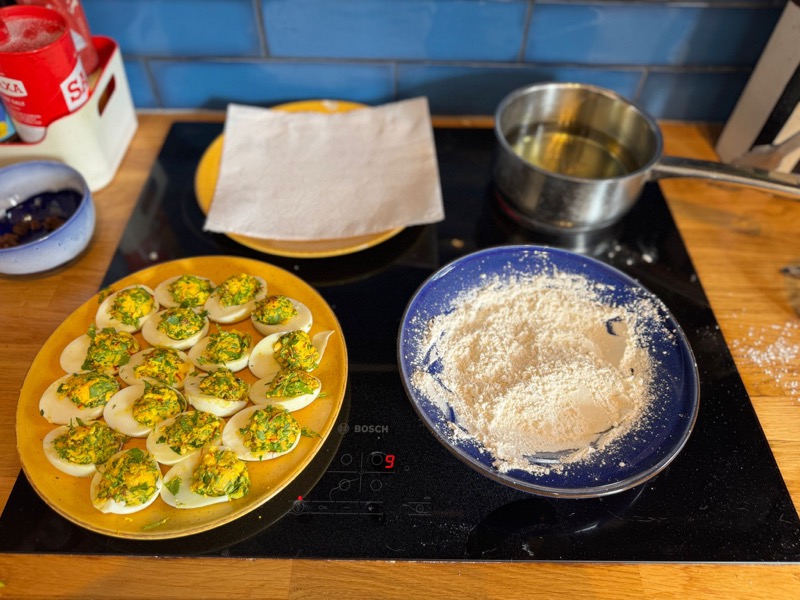

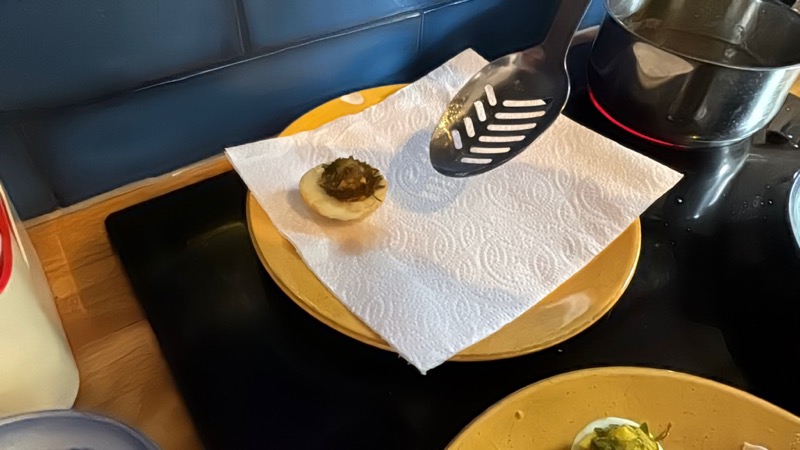
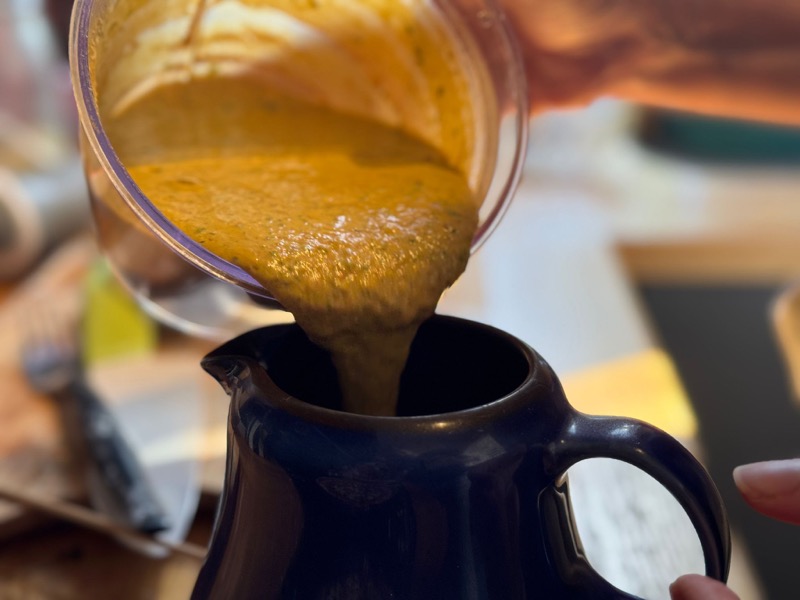
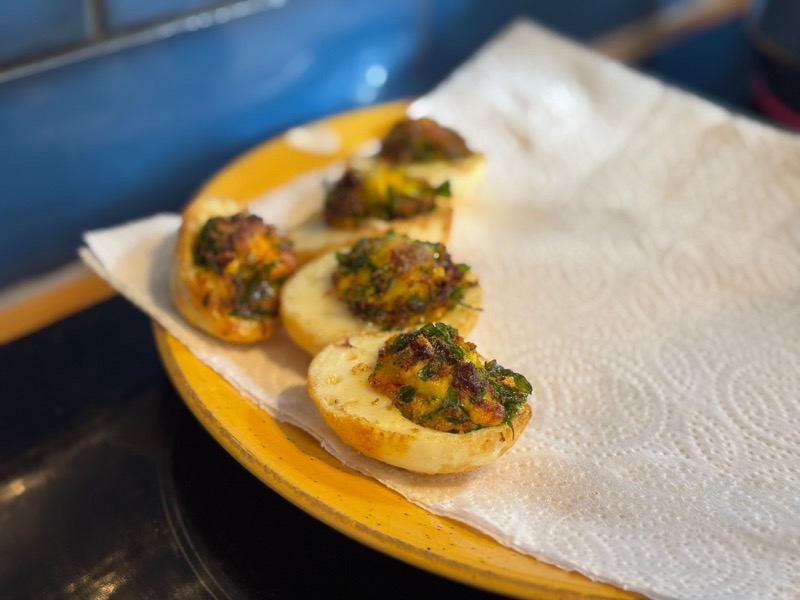
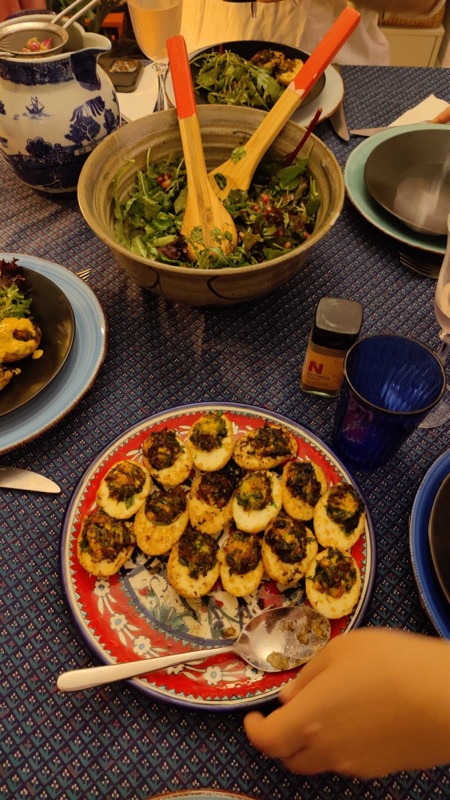
The main event – Beef Roulades:
I love the idea of these, and they tasted great, but I think I used the wrong beef cut (not veal, as instructed), and didn’t make the strips nearly thin enough, as the roulades turned out quite tough and chewy (sorry, guys!).
The filling is made of dill, parsley and marjoram, mixed into a lump of lard. This mush was rather unwieldy, but we somehow got it onto the beef strips, rolled them and pinned them down with toothpicks. These then got braised in butter, and served with raw reddish wedges.
As I said – very tasty, once you managed to sink your teeth into them!
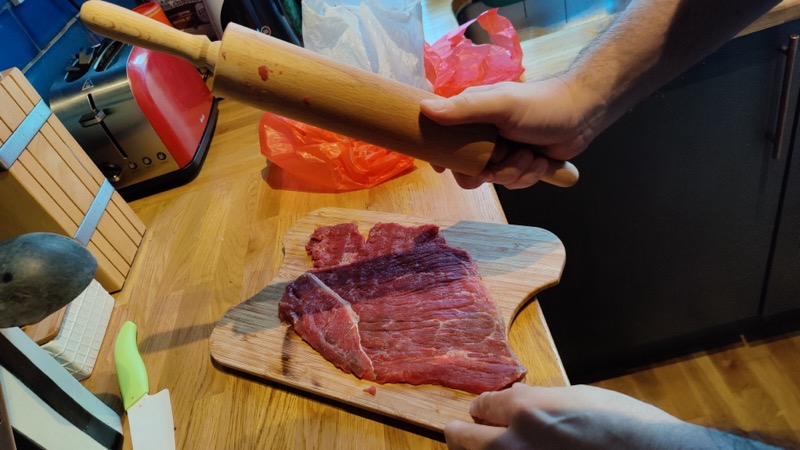
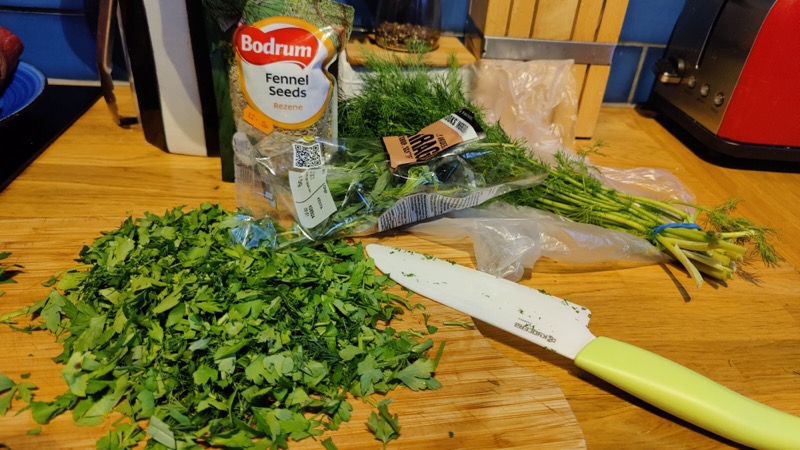
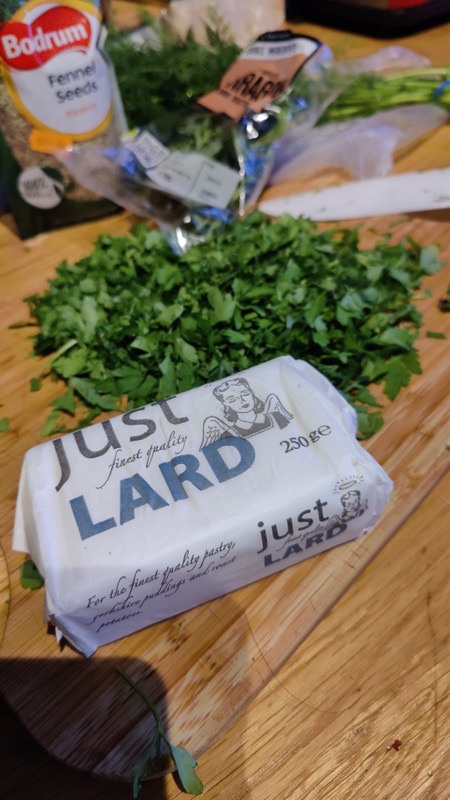
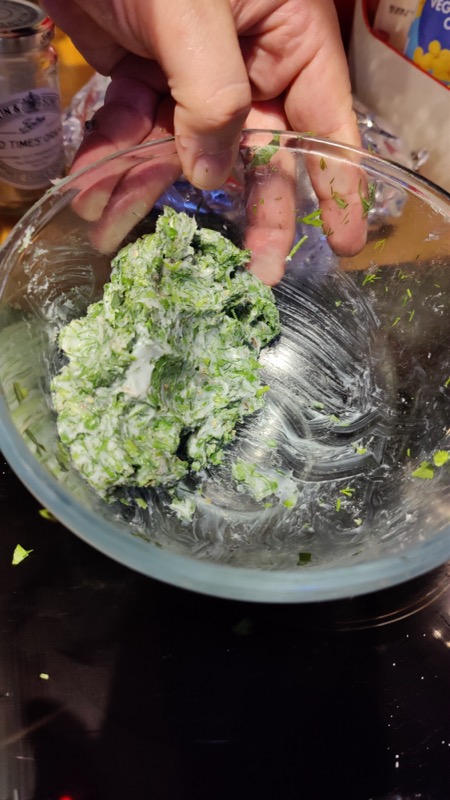
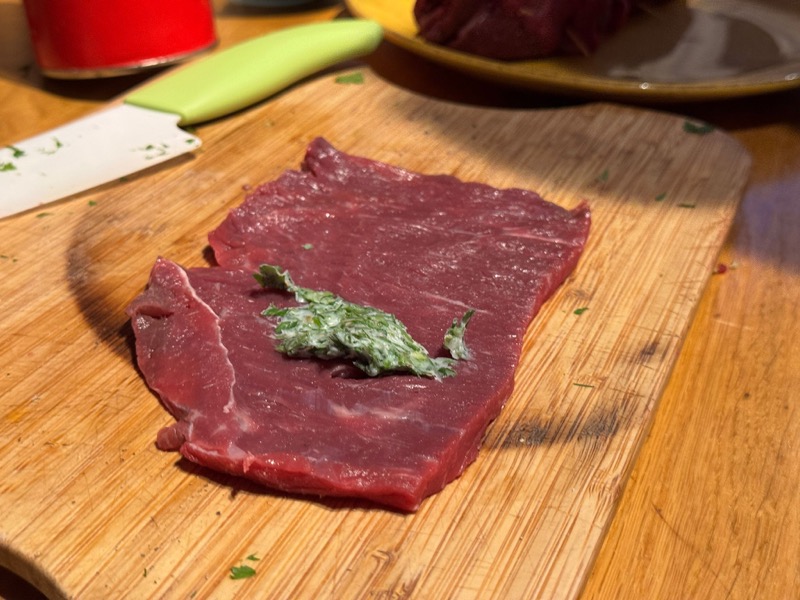
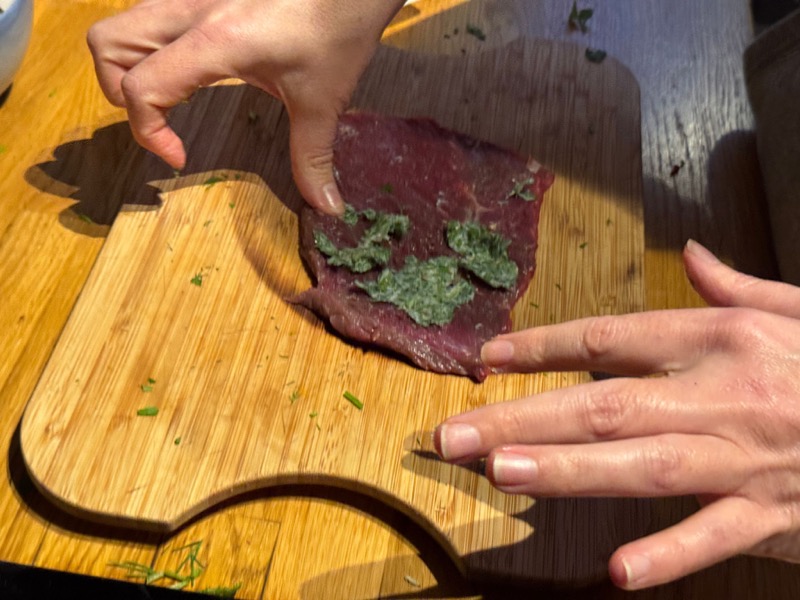
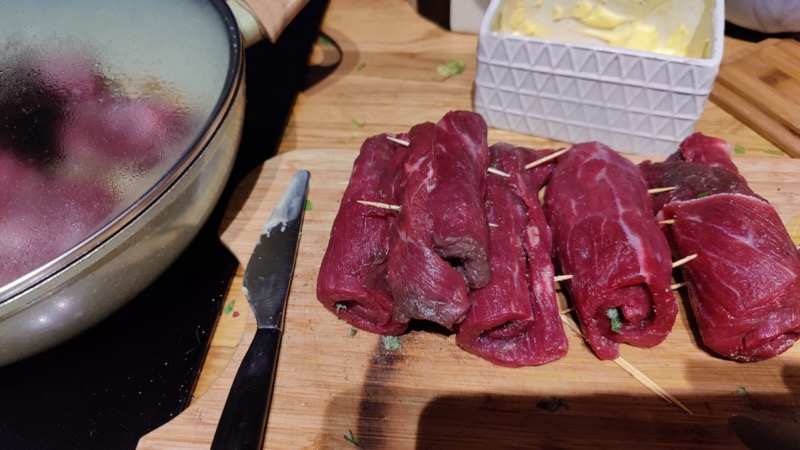
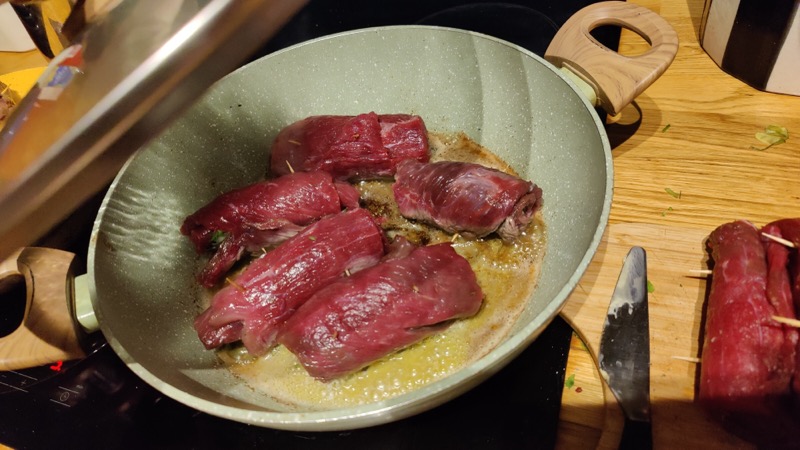
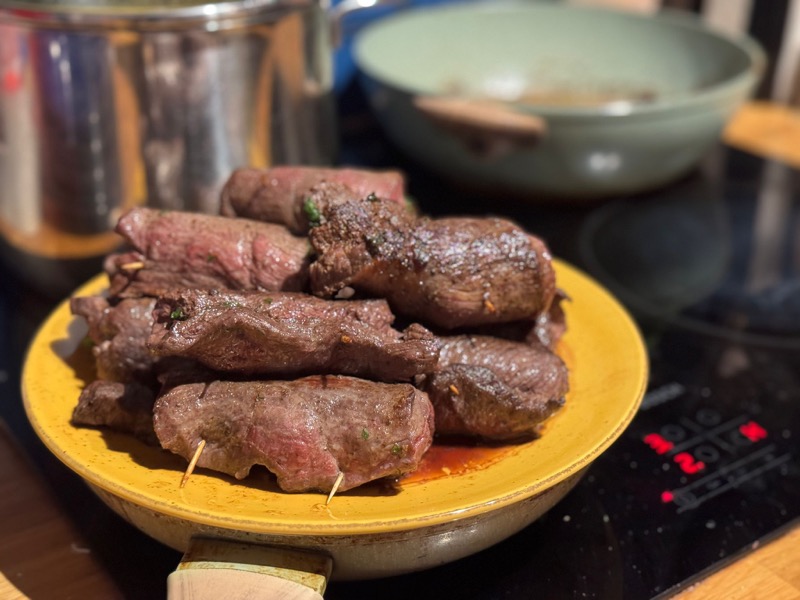
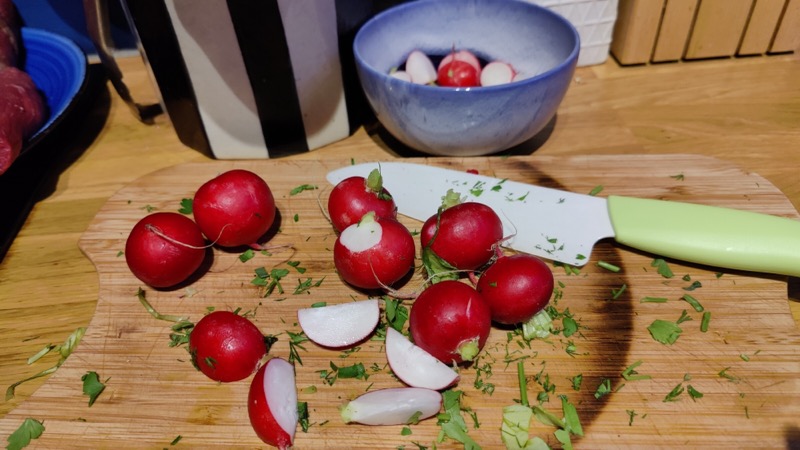
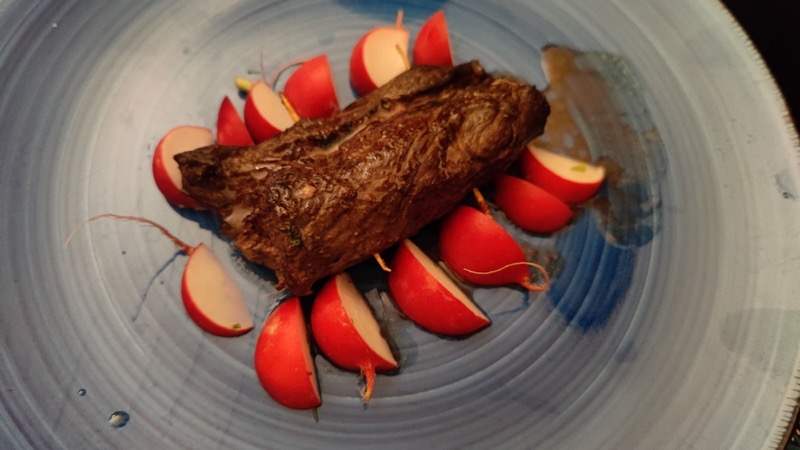
This dessert is the only dish taken from another website: Italian Kitchen Confessions.
Fig & Ricotta Tart:
We (well, Bernhard, with my hovering), made one tart rather than individual tartlets. We also used shop-bought fig jam and shortcrust pastry, rather than making these from scratch (coz there’s a limit).
After you blind-bake the pastry and let it cool, you layer the filling of fig jam, sweetened vanilla-infused Ricotta cheese, then slices of fresh figs (in season in early autumn) drizzled with honey.
I’ll definitely make this again – but I reckon I’ll forgo the vanilla, and use less honey (I think our jam was sweeter than hers).
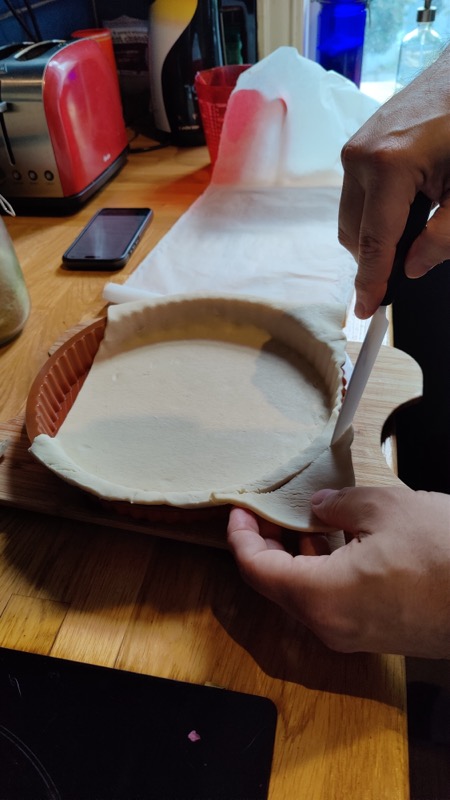
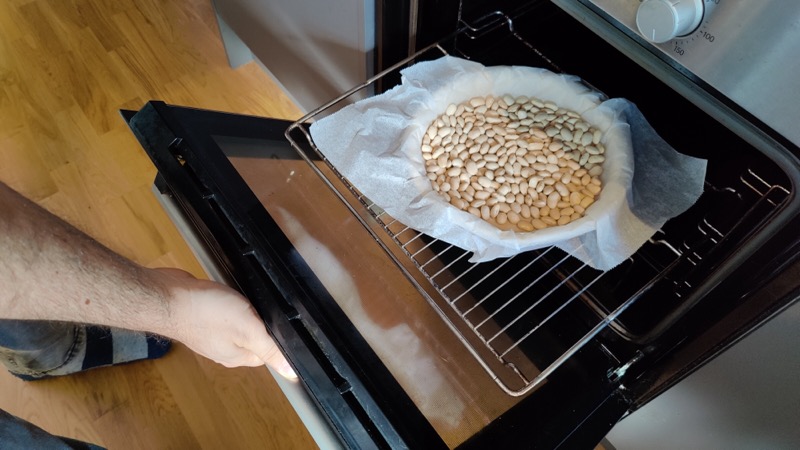


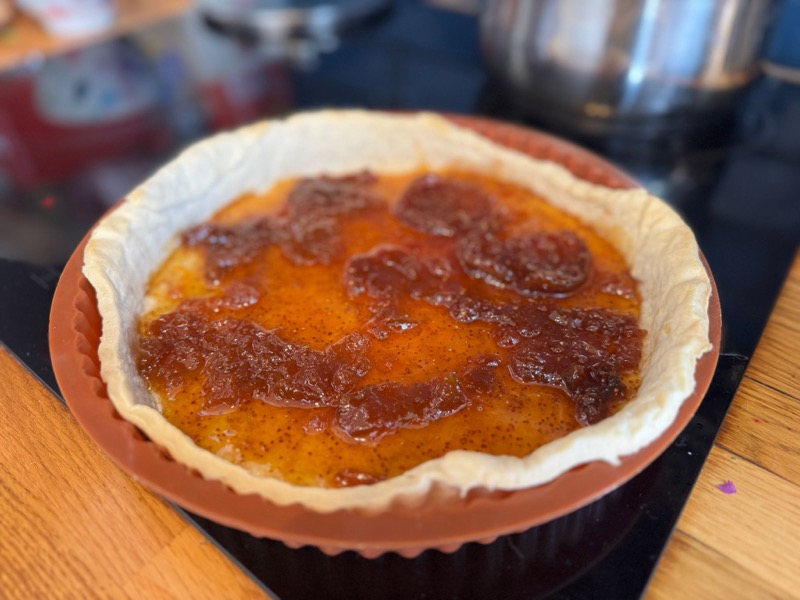
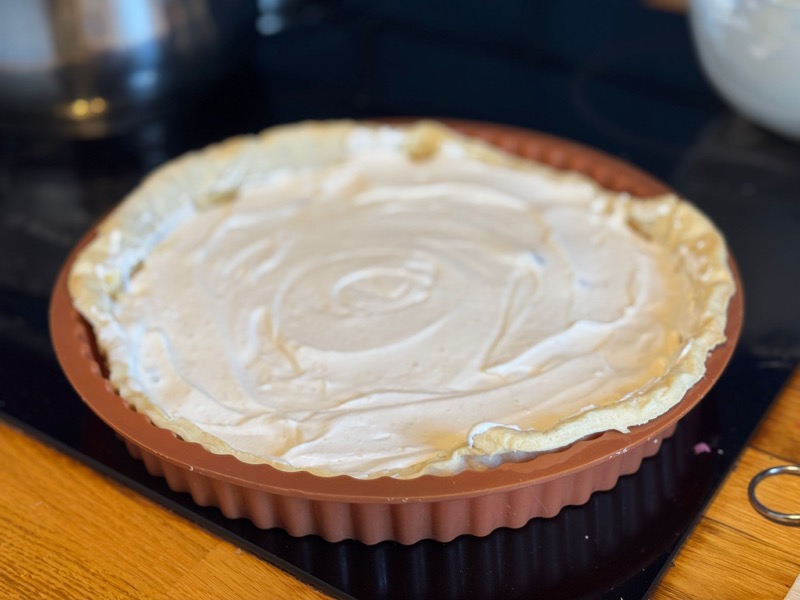
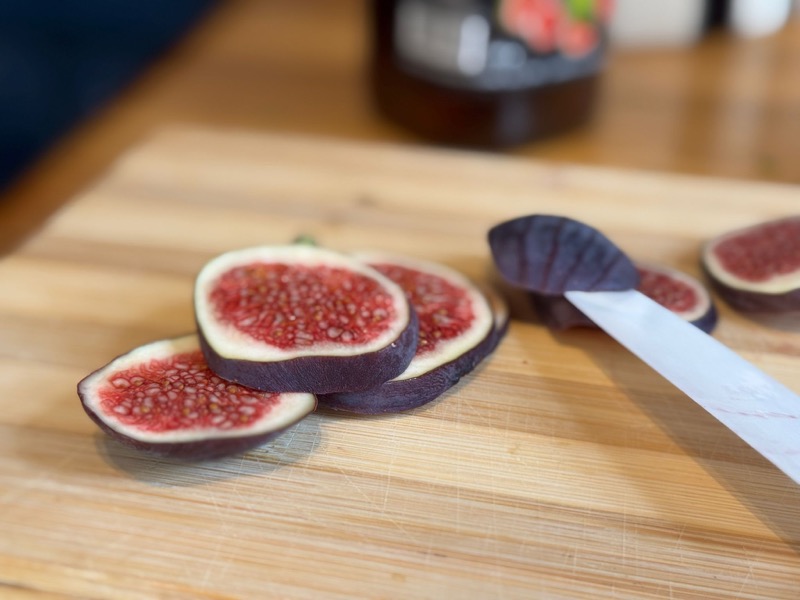
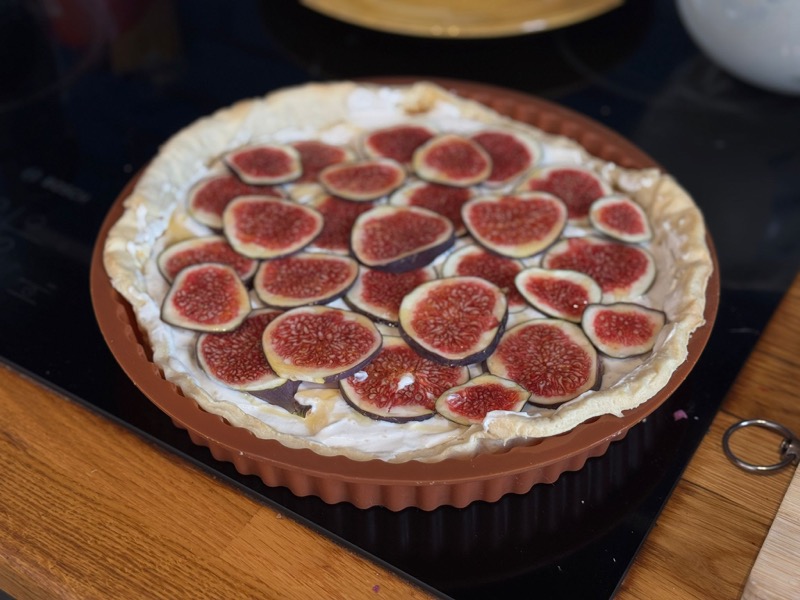
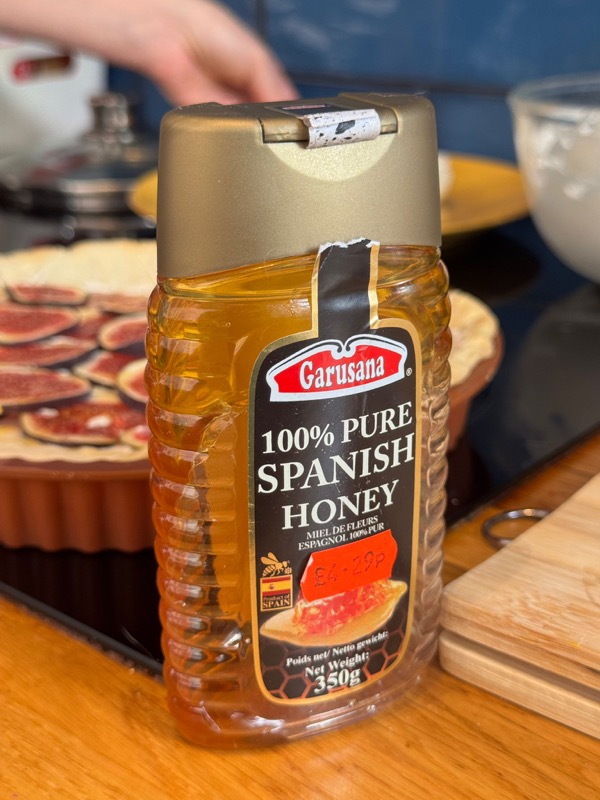
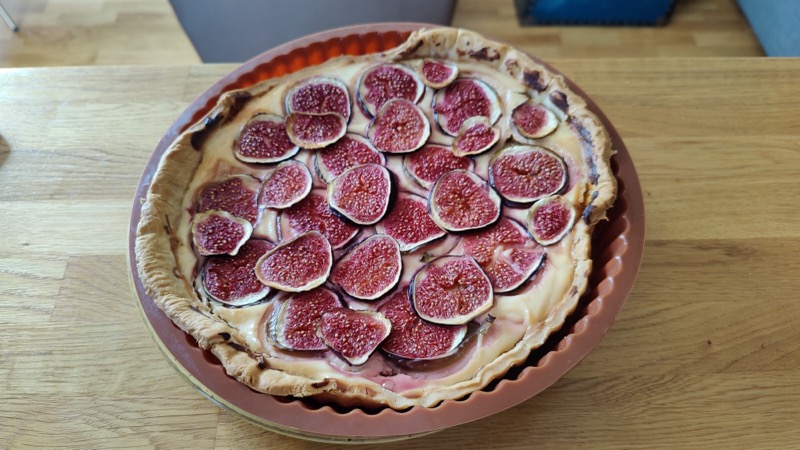
That’s it!
This dinner was fascinating to research, and really fun to make. It gave me a whole new perspective about the ultimate Renaissance man I thought I knew all that was worth knowing about…
Turns out that, like many artists whose genius is unappreciated in their time, he had a long-term day-job, as a Master of Banquets.
Amazing.

